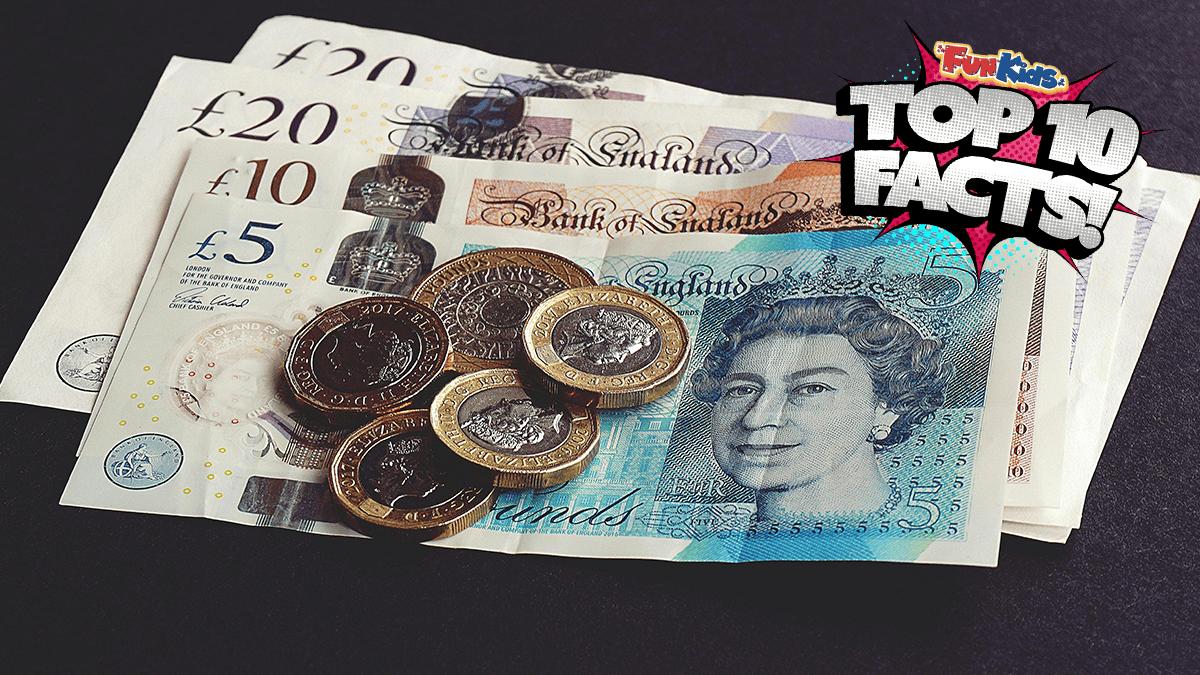It’s time to go on a journey into the world of money! From its beginnings in ancient Mesopotamia to the bustling global economy of today, money has played a pivotal role in human history and continues to shape the way we interact with the world around us.
1. Money dates back to around 3,000 BCE.
Money first existed a long, long time ago, around 3,000 BCE, when people in ancient Mesopotamia started using special things to trade for other stuff they needed.
Back then, they didn’t have coins or paper money like we do today. Various items have been used as money, including shells (like cowrie shells), salt, livestock, and even large stones (such as the Rai stones of Yap Island).
These items were valuable because everyone agreed they could be exchanged for other things. Over time, as societies grew and traded more, money got more organised, leading to the coins and paper money we use today!
2. There are 180 currencies around the world.
Currently, there are 180 recognised currencies used around the world, each with its own value and exchange rates.
These currencies are issued by different countries and regions and are used for buying goods and services within their respective economies.
3. The earliest known coin was from 600 BCE.
The earliest known coins were minted in the kingdom of Lydia (modern-day Turkey) around 600 BCE.
It’s known as the Lydian lion!
These coins were made of a mixture of gold and silver and were used as a standardised form of currency, making trade and transactions more efficient.
4. Putting significant people on money started with the Roman Empire.
The practice of putting portraits of significant figures on currency began with the Roman Empire.
Rulers were depicted on coins to establish authority and legitimacy.
Today, people are on money for various reasons, including honouring historical figures, showcasing national pride, and deterring counterfeiting.
Jane Austen is featured on the £10 note. Find out more about her all thanks to the Bank of England.
5. Money is printed by mints or printing presses.
Money is printed by government-run agencies called mints or printing presses, such as the United States Bureau of Engraving and Printing and the Royal Mint in the United Kingdom.
These facilities are responsible for producing banknotes and coins according to the demand of the economy.
6. The first paper money originated in China.
The first paper money originated in China during the Tang Dynasty (618-907 CE).
Merchants used promissory notes as a form of currency, which were easier to carry and exchange than metallic coins.
This innovation revolutionised the concept of money and helped with trade.
7. The word ‘money’ comes from the Latin word ‘moneta’.
The word “money” is derived from the Latin word “moneta,” which was a title given to Juno, the Roman goddess of marriage and queen of the gods.
Temples dedicated to her often served as mints where coins were produced, leading to the association between the goddess and currency.
8. The largest denomination of currency ever printed was a 100 trillion dollar note!
The largest denomination of currency ever printed was the 100 trillion dollar note by the Reserve Bank of Zimbabwe in 2008, during a period of hyperinflation.
This extreme denomination highlights the devastating effects of hyperinflation on a country’s economy.
Hyperinflation is when prices go up very quickly, and the money you have becomes worth less and less, like if the price of a packet of sweets suddenly went from £1 to £100.
What about in England? Discover the Bank of England history here!
9. The study of money is known as economics.
The study of money and its management is known as economics, which includes monetary policy, banking, and international finance.
Economists analyse the behaviour of individuals, businesses, and governments concerning money to understand how economies function and develop policies to address economic issues.
10. Money has intricate security features!
The design of banknotes often incorporates intricate security features, such as watermarks, holograms, and special inks, to prevent counterfeiting.
These security features help to ensure the integrity and authenticity of the currency, maintaining trust in the monetary system.
Add a commentLearn more about the security features with the Bank of England!
Top 10 Facts
From the Tudors to rocks to fish, we have all the best facts right here!
More From Top 10 Facts



